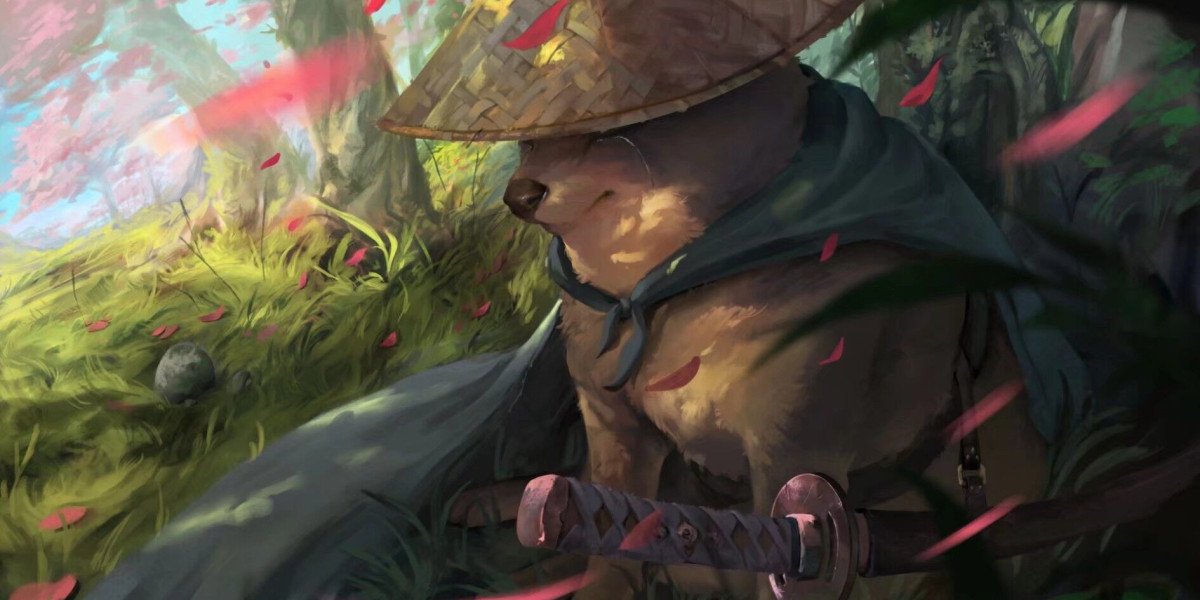When it comes to elegant dining, few materials can rival the beauty and sophistication of bone china dishes. Renowned for their delicate appearance and remarkable durability, these dishes have a fascinating history that intertwines artistry with functionality. In this article, we will delve into the origins, craftsmanship, and enduring appeal of bone china.

What is Bone China?
Bone china dishes are a type of porcelain that incorporates bone ash, which gives them their unique translucency and strength. The primary ingredients include:
- Kaolin clay
- Feldspar
- Bone ash (typically from cattle)
This combination results in a lightweight yet sturdy material that can withstand the rigors of everyday use while maintaining an air of elegance.
The History of Bone China
The origins of bone china can be traced back to the late 18th century in England. Josiah Spode, a potter from Staffordshire, is credited with developing the first successful formula in 1770. His innovation revolutionized the ceramics industry, as it combined the beauty of porcelain with the strength of bone ash. But why did this material gain such popularity?
Bone china quickly became a favorite among the upper classes, who appreciated its fine quality and aesthetic appeal. Over the years, various manufacturers have contributed to its legacy, each adding their unique touch to the craftsmanship of bone china dishes.
Craftsmanship Behind Bone China Dishes
The creation of bone china dishes is a meticulous process that requires skill and precision. Here are the key stages involved:
- Preparation of Materials: The raw materials are carefully measured and mixed to create a smooth paste.
- Shaping: The paste is shaped into the desired forms, often using molds.
- Drying: The shaped pieces are left to dry, ensuring they maintain their form.
- Firing: The dishes are fired in a kiln at high temperatures, which solidifies the material.
- Glazing: A glaze is applied to enhance the appearance and durability.
- Final Firing: A second firing ensures the glaze bonds properly, resulting in the final product.
This intricate process not only highlights the craftsmanship involved but also ensures that each piece is unique and of the highest quality.
Why Choose Bone China Dishes?
Choosing bone china dishes for your dining experience offers several advantages:
- Durability: Despite their delicate appearance, bone china is incredibly strong and chip-resistant.
- Elegance: The translucency and fine finish of bone china add a touch of sophistication to any table setting.
- Versatility: Suitable for both formal occasions and everyday use, these dishes can elevate any meal.
For those looking to enhance their dining experience, consider exploring collections of bone china dishes available at .
Conclusion
In summary, bone china dishes represent a harmonious blend of history, craftsmanship, and elegance. Their unique properties and aesthetic appeal make them a timeless choice for any dining occasion. Whether you are a collector or simply looking to enhance your tableware, investing in bone china is a decision you will not regret.








